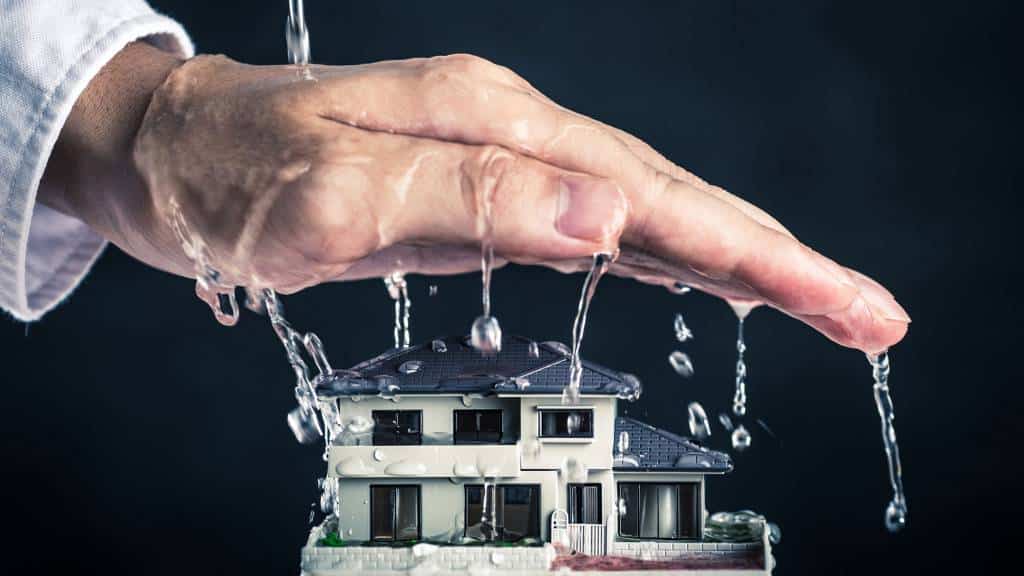Unveiling Common Sources Behind Residential Water Leak Issues
Unveiling Common Sources Behind Residential Water Leak Issues
Blog Article
We've stumbled on this post involving How to detect water leaks in your home below on the web and thought it made perfect sense to talk about it with you here.

Leaks not only cause waste of water but can additionally cause unneeded damage to your home as well as promote undesirable organic development. By understanding as well as looking for everyday circumstances that create leaks, you can shield your home from future leaks and also unnecessary damage.
Immediate temperature level changes.
Extreme temperature adjustments in our pipes can trigger them to increase and get suddenly. This expansion and tightening might create fractures in the pipes, specifically if the temperature level are below cold.
Rusty water systems
As time goes by, your plumbing system ages and deterioration such as rust might begin gnawing the pipelines. This might be the root cause of staining or warping on your water pipes. This asks for an assessment with your plumber immediately. If our plumbing system is old, think about changing the pipelines because they are at a higher danger of deterioration than the more recent versions.
Defective Pipe Joints
Pipe joints can wear away over time, resulting in water leakages. If you have loud pipelines that make ticking or banging noises, particularly when the warm water is turned on, your pipe joints are probably under a great deal of pressure.
Trespassing roots
The majority of water leaks start outside the residence instead than inside it. You might discover damp spots or sinkholes in your backyard, and that might imply that tree origins are getting into water lines creating water to permeate out.
Poor Water Connectors
Sometimes, a leakage can be brought on by loosened tubes and also pipelines that provide your home appliances. More often than not, changing is what creates the loosened water Connections. You might find when it comes to a cleaning maker, a tube might spring a leakage because of drinking throughout the spin cycle. In case of a water links leak, you may notice water running directly from the supply line or puddles around your appliances.
Blocked Drains
Obstructed drains pipes could be aggravating and inconveniencing, however they can occasionally end up causing an overflow bring about break pipelines. Keep getting rid of any kind of materials that might drop your drains pipes that could clog them to prevent such troubles.
All the above are causes of leakages but not all water leaks result from plumbing leaks; some leaks might originate from roof leakages. All leakages must be fixed promptly to prevent water damage.
Leaks not just create waste of water however can also cause unneeded damage to your home and also advertise unwanted organic development. By comprehending and looking for everyday circumstances that cause leakages, you can safeguard your residence from future leaks and also unnecessary damages. Today, we will certainly look at six leakage triggers that may be creating your pipelines to drip.
At times, a leakage can be caused by loose hose pipes as well as pipelines that supply your devices. In situation of a water links leakage, you might observe water running directly from the supply line or puddles around your appliances.
How To Check For Water Leak In Your Home
How To Check for Leaks
The average household's leaks can account for nearly 10,000 gallons of water wasted every year and ten percent of homes have leaks that waste 90 gallons or more per day. Common types of leaks found in the home are worn toilet flappers, dripping faucets, and other leaking valves. These types of leaks are often easy to fix, requiring only a few tools and hardware that can pay for themselves in water savings. Fixing easily corrected household water leaks can save homeowners about 10 percent on their water bills.
To check for leaks in your home, you first need to determine whether you're wasting water and then identify the source of the leak. Here are some tips for finding leaks:
Take a look at your water usage during a colder month, such as January or February. If a family of four exceeds 12,000 gallons per month, there are serious leaks.
Check your water meter before and after a two-hour period when no water is being used. If the meter changes at all, you probably have a leak.
Identify toilet leaks by placing a drop of food coloring in the toilet tank. If any color shows up in the bowl after 10 minutes, you have a leak. (Be sure to flush immediately after the experiment to avoid staining the tank.)
Examine faucet gaskets and pipe fittings for any water on the outside of the pipe to check for surface leaks.
Undetected water leaks can happen without the home or business owner even realizing. If you suspect a water leak, but not able to find the source. It is time to contact a professional water leak detection service, The Leak Doctor.
How To Find a Water Leak In Your Home
https://www.leakdoctor.com/blog/How-To-Check-For-Water-Leak-In-Your-Home_AE197.html

I was introduced to that editorial about Most Common Causes of Leaky Pipes through an acquaintance on our other web page. Sharing is good. Helping others is fun. Thanks for your time. Don't hesitate to check up our blog back soon.
Tap problems? Reach. Report this page